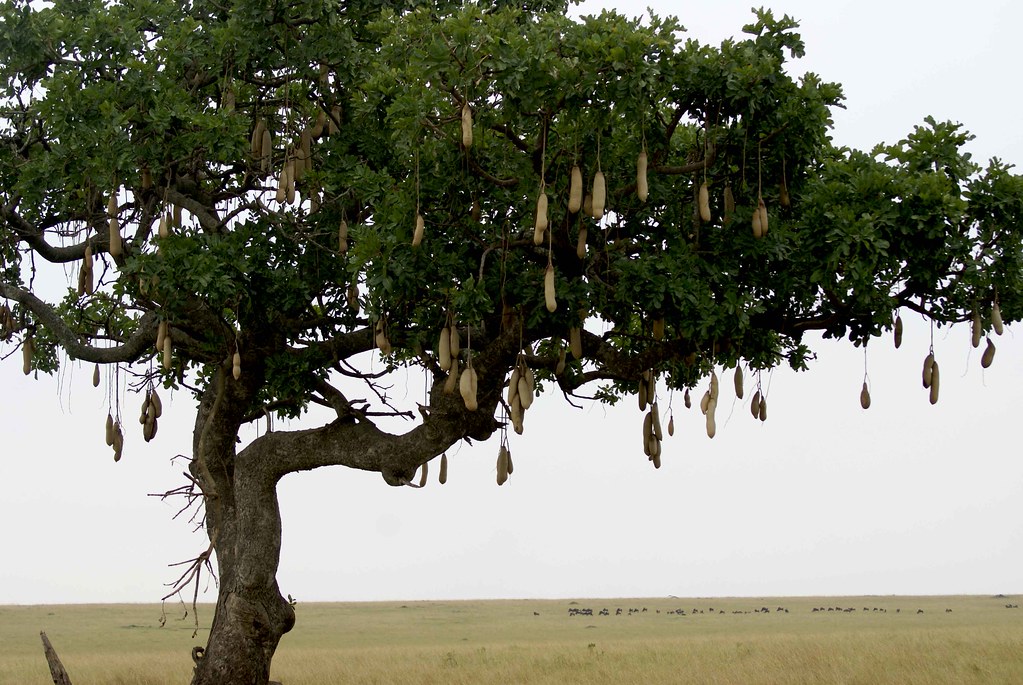Hello
again, My name is Benson and I am a Research Assistant (RA) for the Mara Hyena
Project.
As an RA, we do many things like going out for
observations every morning and every evening to collect behavioral data. We
also collect demographical data which includes counting the number of hyenas
each day. But one of the most interesting responsibilities that we have as RAs
is darting hyenas.
When I first started darting it was very stressful.
One of the first hyenas I darted was a sub-adult female named Galapagos. The
darting seemed to go well and Galapagos fell asleep smoothly. It wasn’t until
it was time to wake her up that things started becoming difficult. I was afraid
that she might not have woken up because she was not lifting her head or
moving. I asked my fellow RA, Hadley and Grad student, David what we should do.
We checked her heart rate and her breathing patterns and they checked out ok,
but she was still a sleep. Finally, after two hours of waiting, Galapagos
started waking up and lifting her head. I was relieved and happy that Galapagos
was alive and strong. From this experience I saw how important it was to follow
certain rules when darting hyenas.
How do we dart hyenas?
When
darting an animal we have to take certain precautions. There are many rules to
follow in order to make sure an animal is safe. One rule we follow, is that we
will not dart any animal if they are near large pools of water or near
surrounding bushes. We do this because the animal might harm itself by drowning
in these large pools or being harmed by other animals hidden in the bushes. Another
important rule we follow, is that we will never dart female hyenas near male
hyenas. This is because if a female hyena is vulnerable, then a male hyena may
take advantage of the situation and harm her. Once the situation is safe then
we can begin to set up for darting.
We first
start by concentrating the drug and loading it into the dart. Then we load the
dart into the Telinject Darting gun. We sit and wait until the hyena is not
looking at us, because we do not want the hyena to associate the darting
experience with us. And when the opportunity allows, we can successfully dart
the hyena.
Why do we dart hyenas?
Once
the hyena is asleep, we proceed in collecting a variety of physiological
samples. We collect blood samples for DNA analysis. We also collect bacterial
swabs from the anus, anal sac (paste gland) nares, buccal and prepuse (phallus
or genitalia) because we want to see if there are common bacteria strains
shared within the clan. We also put radio collars on males that are getting
ready to disperse, or leave the clan to find a new home. Radio collars help us
study where they go and how far they go from their natal or home territory. We
often collar adult females so we can track their movements within the
territory.
Additionally, we measure dental and body parts while
the hyena is asleep.
Once we have collected all the data we place the
animal under a “recovery bush” that protects it front other animals and heat. After
the hyena is safe, we return to camp to process our samples and then place them
in LN2 for proper storage until they can be sent back to Michigan
How darting is important for researchers
like us.
Darting is
important because we are able to learn new things about each individual hyena, as
well as the clan as a whole. We have collected a lot of DNA from many of our study
hyenas in order to form hyena genetic relationships. Members in our lab back in
Michigan are
studying parental genetic relationships as well as other family ties. Darting
is a great opportunity to gather more information about hyenas and their
behavior. I am excited to continue to work for this project and learn more
about these amazing creatures.














